Knowing which toddler vitamins—and supplements, probiotics, and other immune boosters—to choose can be complicated since there are so many options. I’ve sorted through the research so you can be fully informed when looking to buy vitamins for kids.
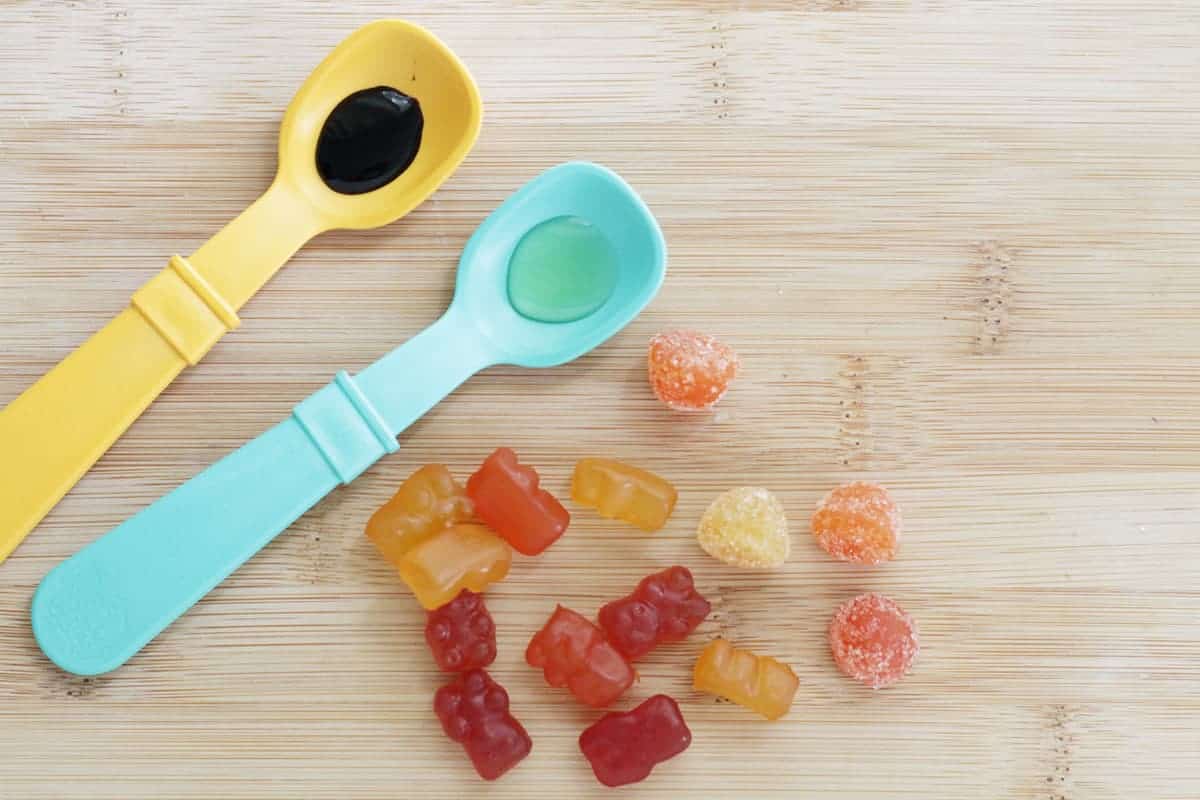
Toddler Vitamins
If you use toddler vitamins and are wondering if they’re the “right” ones, or if you’re curious about starting one, know that this is a complicated topic with many factors. Including variety in the child’s diet, medical needs, and growth patterns.
Plus, when we hit the time of year when more colds and illness are going around, we all feel like this is something we should be doing. Vitamins for kids and supplements seem like something that might help … but do they?
I’ll go through the basics of choosing toddler vitamins, what to look for in separate vitamin supplements including vitamin D and calcium, and so much more.
Always talk to your pediatrician before giving a supplement to your child, especially if they are very sick and might have an underlying illness. This post is not meant to be a substitution for medical advice.
Table of Contents
- Toddler Vitamins
- Should kids and toddlers take vitamins?
- Toddler Multivitamins
- Vitamin D Supplements
- How to Choose a Toddler Vitamin
- Brands to Try
- Best Kids Vitamins with Iron
- Does the vitamin need to be organic?
- Are gummy vitamins good for toddlers?
- Probiotics for Kids
- What brands of probiotics are good for kids?
- Which kid-friendly foods have the most probiotics?
- Vitamin C for Kids
- Is honey safe to sooth a toddler’s sore throat?
- Can elderberry syrup for toddlers help prevent sickness?
- What's the best way to prevent sickness in kids?
- Tips for Washing Little Kids' Hands
- Sleep and Immune Health
- Bottom Line on Toddler Vitamins for Kids
Your toddler won’t eat? Help is here!
Sign up for our email updates to get tips and ideas sent to your inbox.
Should kids and toddlers take vitamins?
Sick kids can’t do much to make themselves feel better, they don’t always understand why they feel so bad, and they don’t know that they will, soon feel better again. It’s so hard! Plus, when our kids feel sick, we moms do, too.
Toddler vitamins and supplements are often one of the things we think we should be giving our kids when they are sick … and when they are healthy in the hopes of keeping them well. But vitamins are not exactly a cure-all. And they certainly are not the same as medicine.
Toddler Multivitamins
The American Academy of Pediatrics (AAP) says kids who are eating a balanced and well-rounded diet don’t need a multivitamin. If you’re not sure your toddler is eating a balanced diet, you can ask your pediatrician for their advice on this topic.
But generally speaking, we can offer nutrients in actual foods instead of from a vitamin. The AAP offers some nutrient-dense food options to consider.
If you’re wanting to add more nutrient-dense foods to your family’s diet, think smoothies packed with berries and greens; sweet potatoes; broccoli; wild salmon; black beans; and kale. Generally, consider more fresh, brightly colored fruits and vegetables.
(Related: Toddler serving sizes are smaller than you might realize, so they might be getting plenty!)
All of that said, a multivitamin for kids can provide a safety net and reassure you that your kids are getting adequate nutrition, no matter what they’re eating (or not eating).
Vitamin D Supplements
The AAP does recommend that babies and toddlers have a vitamin D supplement, which in addition to sunlight, can ensure the kids get enough vitamin D. It’s important to avoid a vitamin D deficiency, as it may impact cognitive development. Vitamin D drops are widely available at pharmacies.
“Babies younger than 12 months old need 400 IU of vitamin D each day. Toddlers, older children, and adolescents need 600 IU of vitamin D each day. With growing evidence showing the lifelong health benefits of vitamin D, the AAP raised its recommended daily requirement for children need in 2008.”
How to Choose a Toddler Vitamin
It’s important to know that supplements, including children’s vitamins, aren’t approved by the FDA, so you really need to trust the brand you buy because no other organization is going to vet them for you. (Some may be third-party certified, but whether we have transparent access to the information they considered may vary.)
When looking at options, look for:
- The RDA. Many vitamins have upward of 500% of the recommended daily allowance (RDA or recommended dose) and frankly, that can be dangerous or it won’t all be absorbed by the body. I look for percentages closer to 100% or less.
- The serving size. Be sure to read the serving size thoroughly since they vary widely. It might be one vitamin or two or even six. If you aren’t sure of the right dose, you can always bring it to your pediatrician for help.
- Look at the brand. Look for a brand that is transparent about ingredient, shares information when products are recalled (because this means they’re committed to keeping their customers safe!), and has a customer service line that’s accessible.
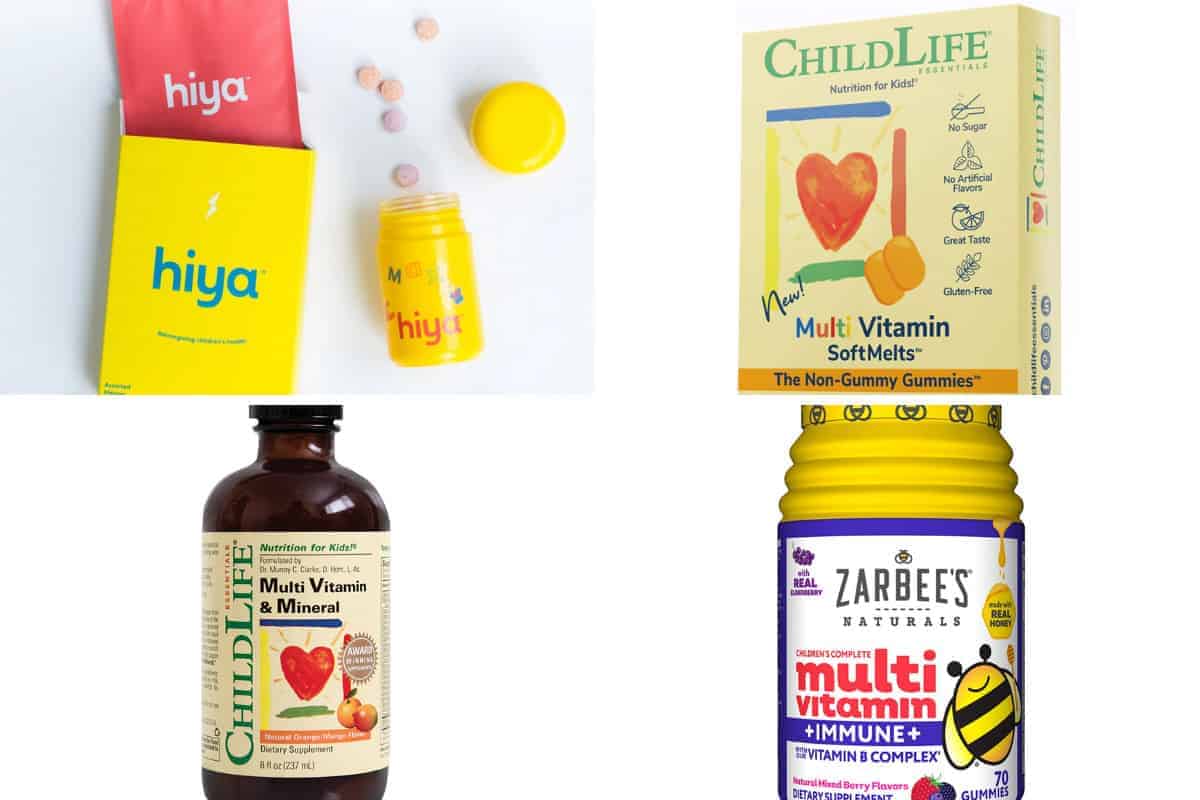
Brands to Try
I prefer vitamins that don’t look like candy, because I think that sends a confusing message and also may slightly increase the chances of an accidental overdose. (Kids don’t always understand the difference between gummy bears and gummy vitamins.)
Hiya: These are a chewable that come delivered to your door each month and have a cute reusable container. I like that these look a lot less like candy than many vitamins for kids and don’t have added sweeteners. They’re also free from artificial flavors.
Childlife Essentials Soft-Melts: These “soft-melts” are a very soft gummy, but in an oval so they are easy to eat and don’t look like candy.
Childlife Essentials Liquid: Liquid vitamins can be a nice option, especially for younger kids. You can often add it to food (like smoothies).
Zarbee’s Liquid: These are a multivitamin with elderberry and a mellow berry flavor.
TIP: If you want a gummy, options you can check out include: Wellvites, Zarbee’s, SmartyPants, and Olly.
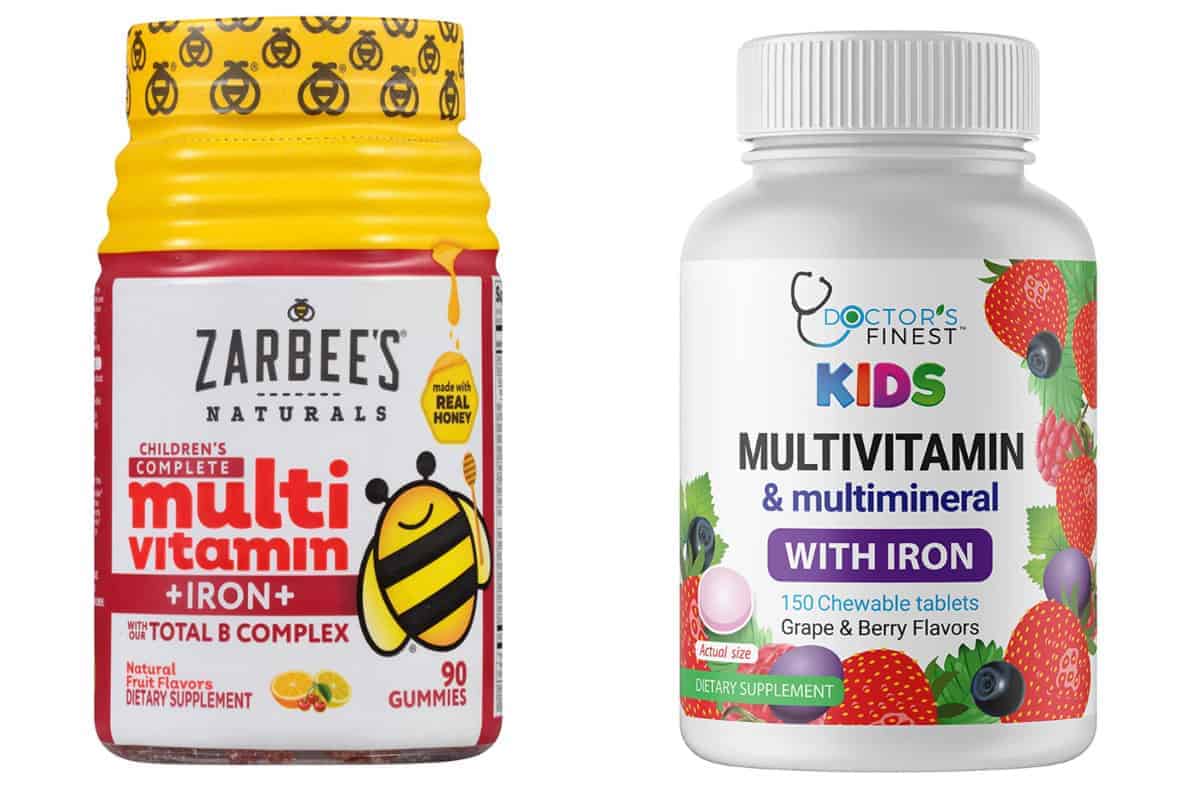
Best Kids Vitamins with Iron
These toddler vitamins with iron from Zarbee’s and Doctor’s Finest are nice options. Check the serving size and the iron amounts for perspective on how much is in there—your child will still need to get some from food.
You may also want to look at a separate iron supplement, which is easier to control as far as the dosage goes. Check with your pediatrician if your child is anemic. (You can see a liqiud option from Mary Ruths.)
Iron is often a nutrient that kids fall short on, so you may want to consider a supplement in consultation with your pediatrician if your child doesn’t regularly consume iron-rich foods.
Does the vitamin need to be organic?
Buying organic foods or GMO-free foods is a personal choice. Organic vitamins will often cost a lot more, so I would recommend you look at your options and weigh your choices. To me, whether or not a vitamin is organic or not is not the sign of it being “good”—and I often find them to be price prohibitive.
But this varies widely based on brand and where you shop.
Are gummy vitamins good for toddlers?
The main issue with gummy vitamins for kids is that they look like candy and your child may not understand that they are not meant to be eaten like candy. So you MUST keep them out of reach, even if they have a child-proof top on them. For toddlers over 2, they are usually easy enough to chew.
TIP: If you are at all worried about giving a gummy vitamin, you can try a powder or a liquid added to a drink, smoothie, or yogurt. Or try the soft-melts from Childlife Essentials.
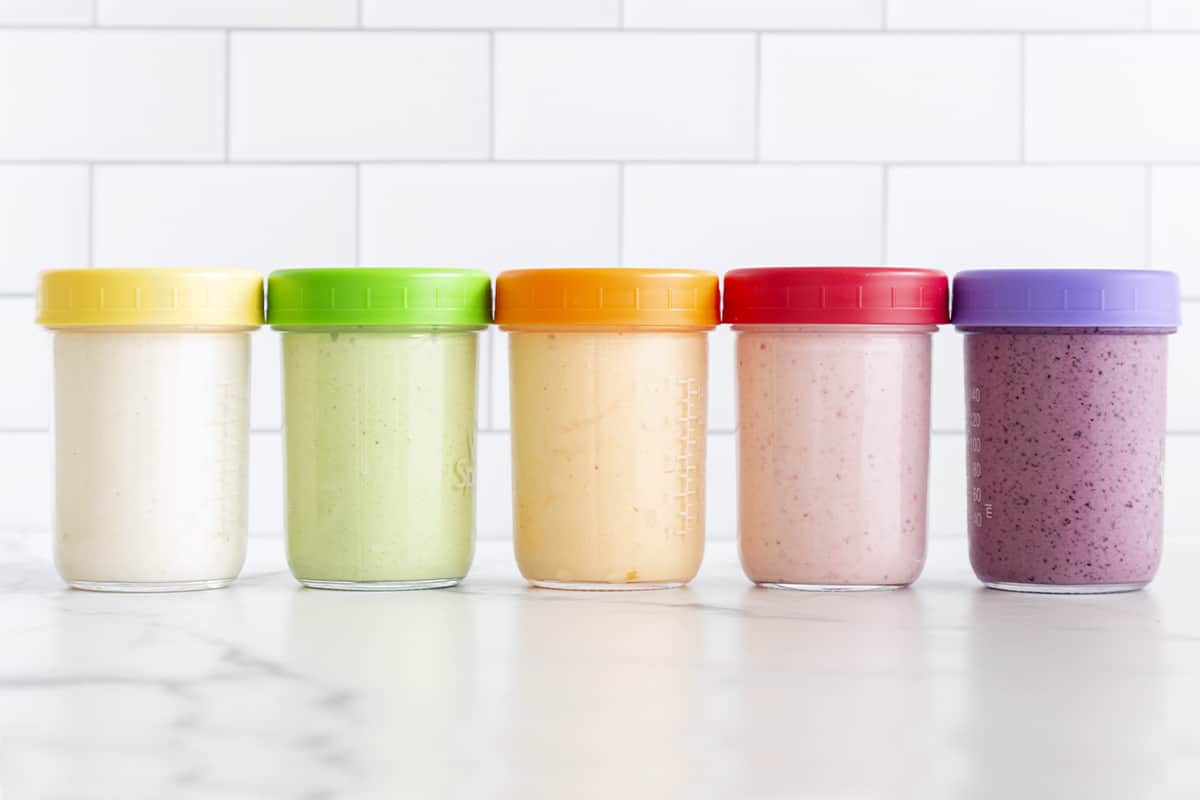
Probiotics for Kids
A lot of research is still being done on probiotics, but they are generally considered safe to give to kids. They seem to help most with helping to shorten bouts of upset tummies and may help lessen eczema caused by milk allergies.
Ask your pediatrician for their thoughts if you are considering a probiotic and know that it’s still recommended that you offer probiotic-rich foods first before offering a supplement.
Find my full post on Probiotics for Kids for more information.
What brands of probiotics are good for kids?
Two brands I’ve tried and like are Jarrow and Culterelle. If you’re wondering whether probiotics need to be refrigerated, yes and no. Some do and they will say so on the label, and others, which have been made with more recently developed freeze-drying technology, don’t.
For more info on the specific strains of probiotics may help which ailments, this story from Parents breaks it down nicely toward the end.
Many kids vitamins also contain probiotics, like this one from Olly.
Which kid-friendly foods have the most probiotics?
If you want to avoid a probiotic supplement, offer your toddler yogurt with live cultures (just look for that language on the label), try a yogurt drink, or kefir, which is a sort of tangier cousin to drinkable yogurt that’s chock-full of probiotics.
Or fermented pickles, kimchi, sauerkraut, or cottage cheese are good options.
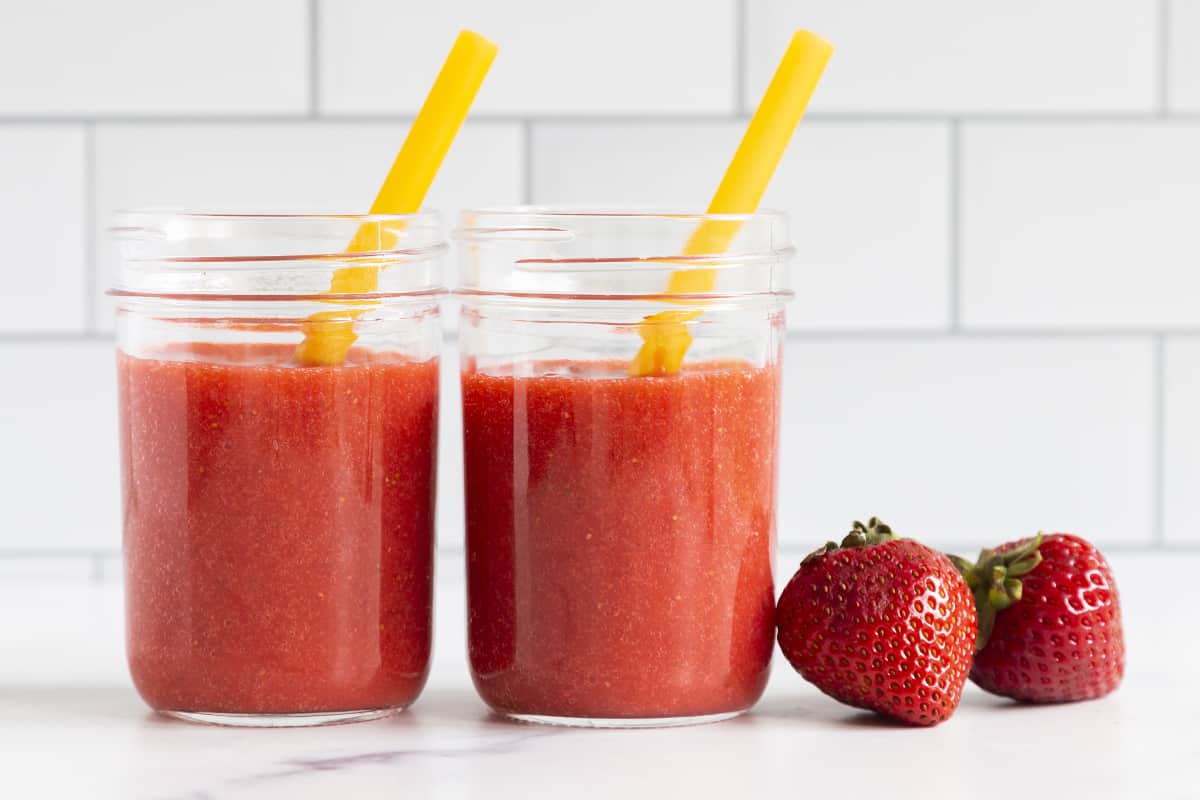
Vitamin C for Kids
A vitamin C supplement isn’t necessary if your kids are eating a balanced diet. Vitamin C, along with vitamins A and D, can be toxic when given in high doses, so you need to know how much is too much with this supplement.
The recommended daily amount for kids ages 1-3 is 15 mg. And while vitamin C supplements have been shown to reduce the duration of colds by 1 day, it just as easy to turn to whole foods.
Vitamin C-rich foods that toddler might like include:
- Citrus fruits and juices
- Green peppers
- Watermelon
- Cantaloupe
- Strawberries
- Kiwi
- Mango
- Broccoli
- Tomatoes (or tomato sauce)
- Or my Orange-Honey Homemade Gummies!
Is honey safe to sooth a toddler’s sore throat?
You may have heard that local honey can help with allergies. Some experts think so, while some don’t give it much credit. You may have also heard honey can soothe a sore throat. If your little one is over 1 year of age (honey is NOT safe for kids younger than 1) and has a sore throat, try:
- Honey Tea: Add 1 teaspoon of honey to warm water to make a sweet and comforting drink.
- A spoonful or two of honey.
- Honey-based cough syrup: This one coats the throat nicely and has a mild flavor.
- Lolleez pops. These are safe for ages 3 and up and help coat a sore throat to alleviate some of the pain. They recently saved us during a night when my oldest had Strep and couldn’t get comfortable enough to sleep.
Can elderberry syrup for toddlers help prevent sickness?
You can make this yourself from dried berries or buy it ready-made—it’s a sweet syrup that many families swear by for staying healthy in the winter. Some initial research has shown that it can decrease the duration of the flu. I tend to err on the side of skepticism with herbal supplements, but we’ve actually used this one with some regularity.
(However, my kids do still get sick!)
Find my favorite Elderberry Syrups for kids and a full explanation of how to use them.
What’s the best way to prevent sickness in kids?
Toddlers (and babies) put their hands in their mouths a lot. They touch their faces all day long. They are in contact with toys that other kids have had near their faces regularly, which means that hand washing—and a lot of it—is essential.
Hand washing is likely the single best thing you can do to keep your kids healthy.
Tips for Washing Little Kids’ Hands
Remember these pointers with hand washing and little kids.
- Wash hands when they get home from school, day care, or the library.
- Wash hands when they are about to eat a meal.
- For kids who often have their hands in their mouths, wash them more frequently.
- Help kids wash hands to ensure they’re doing it thoroughly.
- Sing a song while washing—Itsy Bitsy or Happy Birthday work well—to ensure it’s long enough.
- We change into clean clothes when we get home from school and day care.
- Consider having a separate lovey that stays at day care to avoid bringing germs back and forth.
- Carry hand sanitizer for after the grocery store, library, or just being out and about touching things that many people have touched.
Sleep and Immune Health
This is often overlooked when it comes to keeping kids well (and alert, focused, and able to behave). If your toddler isn’t getting the recommended 11-14 hours a day (including naps), consider:
- Moving bedtime earlier (sleep often begets sleep!).
- Create a more concrete bedtime routine—toddlers thrive on routine!
- Insist on afternoon rest time if they’ve ditched their naps. (It’s hard, I know!)
Bottom Line on Toddler Vitamins for Kids
- Offer lots of produce, sleep, fresh air, and good hygiene. And maybe extra warm baths, snuggles, liquids, and books when the littles are sick.
- You can consider a toddler vitamin as a safety net for offering key nutrients if you decide that’s the right thing for your family. Look for a gluten-free vitamin if needed.
- Talk to your pediatrician for specific recommendations about iron, calcium, vitamin D, and DHA supplements.
Related Recipes
If I missed any of your questions related to toddler vitamins, please chime in below!
This post was first published November 2016.
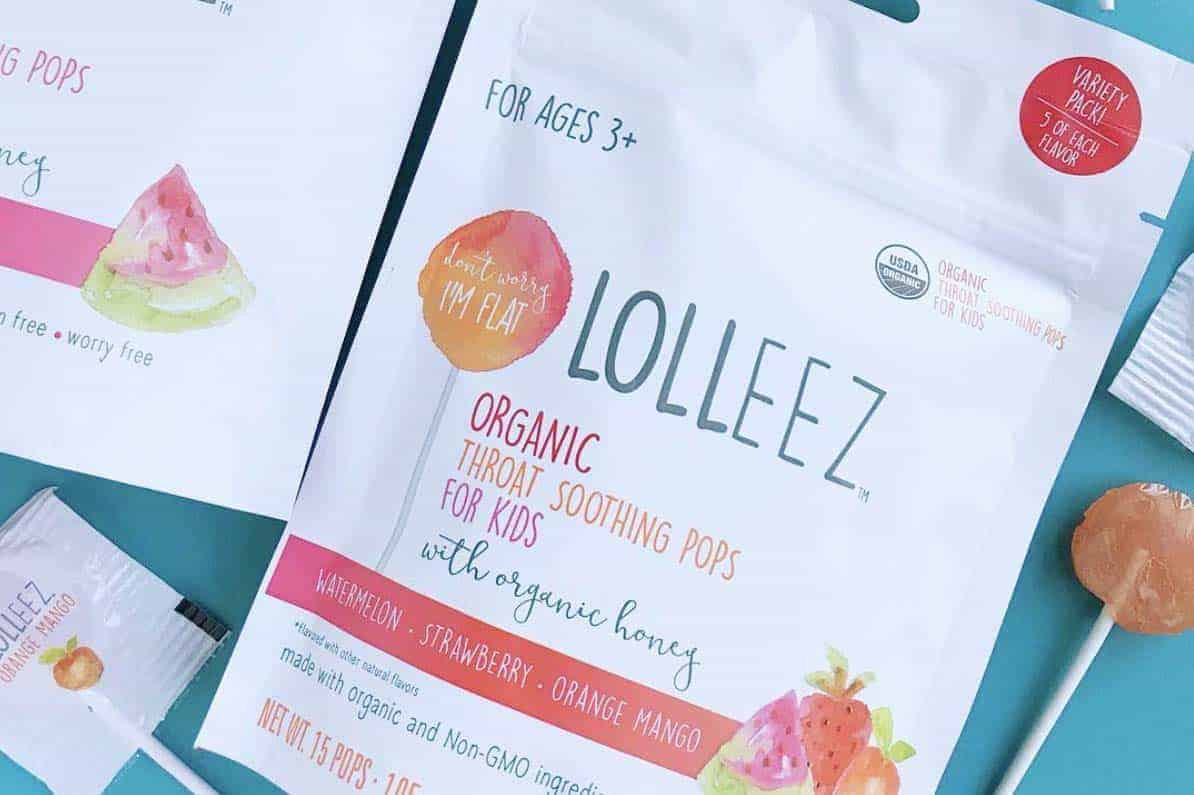
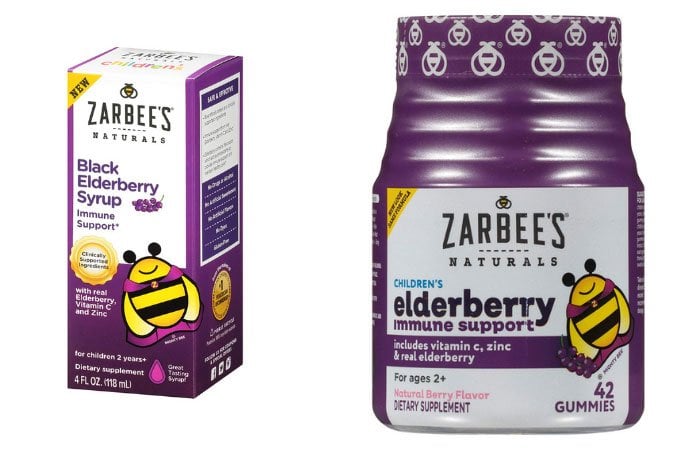
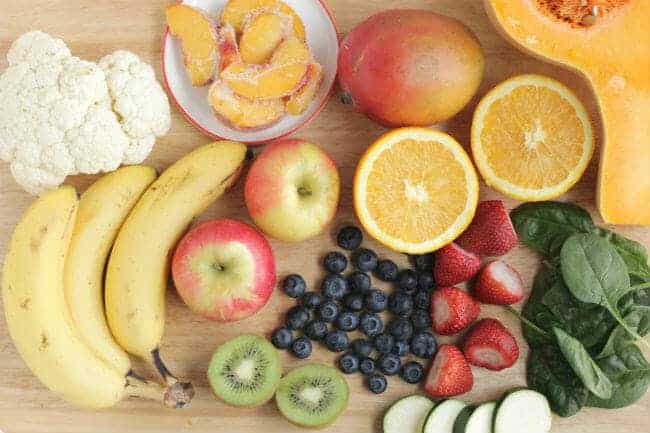
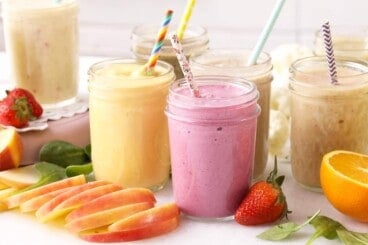
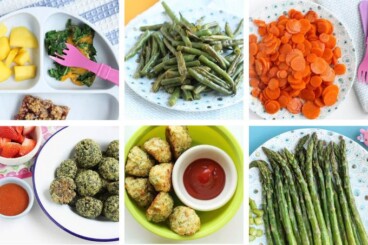
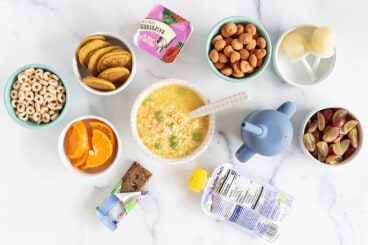
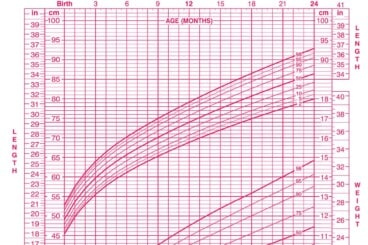


















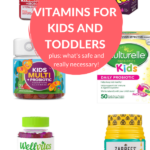
Helped me a lot, just what I was searching for : D.
This was very helpful! What do you think about a liquid zinc and liquid vitamin c for a 15 month old during a cold/flu?
I’d check with your pediatrician for specifics on dosing for sure.
We love hiya. It’s been a huge win for our kids. We do both probiotic and multivitamin. Both kids love the taste. So would definitely suggest hiya.
I want to love Hiya vitamins but for them + the probiotic it’s a full $52/month for one child! I have two kids but one isn’t of vitamin age yet, I can’t even imagine paying for them both. So it’s back to Olly for us. We just can’t justify the cost even with two decent incomes. It’s a shame they are so unaffordable.
Thanks for the article. Vitamins are indeed essentials for toddlers for their growth and development and what best way than in gummies form. I live in India and use Nutrazee Multivitamin Gummies for my kids
Thank you for sharing this amazing blog. It’s very easy to learn and understand.
Why do you err on the side of skepticism when it comes to herb supplements?
Since they aren’t regulated, I recommend you check in with your doctor about using them.
Great article. Couldn’t be write much better!
Our dentist said no gummies so we recently switched to Hiya. So far so good!
What do you think about the recent studies saying gummies shouldn’t be given to kids (which is why we switched to Hiya)?
I’m not sure which study you are referring to, but gummmies can be hard to chew, can get stuck in teeth, and look like candy so they aren’t my favorite.
Thank you for sharing such a good stuff. It helps alot.
Hello! Is it safe to give toddlers and kindergarten kids both a multi vitamin and an immune support supplement daily? Or do you think that would be too much? Thank you!
Hi- You’d want to look at them side by side to see where the ingredients overlap. I can’t say for sure what the immune support would have, but I’d pause if it would mean doubling up on vitamins (because you could wind up at 200 or 300% of the RDA for their age). You can always check with your pediatrician too.
My husband and I just listened to a podcast episode with Darren Litt — founder of Hiya (www.hiyahealth.com) all about how gummies in particular are bad at holding vitamins and should be avoided where possible in favor of chewables, then we read your article here which has great info so thank you! (And by the way we tried their Hiya vitamins and are loving them so far if you haven’t tried!)
Thanks for sharing!
Our neighbors just got Hiya vitamins for their kids and were trying to convince us to switch. What do you think about Hiya? I know they’re getting a ton of buzz.
They look like a fine option. Some of the daily values are well over 100% for kids under 4 and there’s no calcium, so just keep those things in mind depending on what your child needs and their age. (And I’m not sure how soft the chewable is so you’d want to consider that if you have a little one under 2 or 2.5)